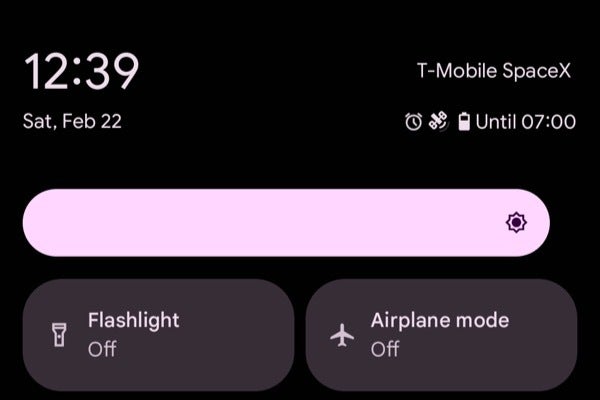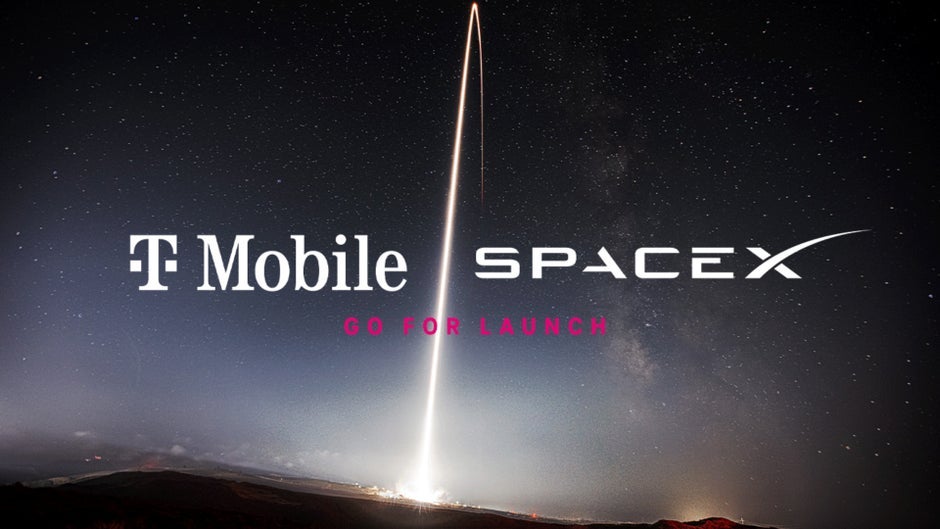
Pixel 9 Pro using T-Mobile SpaceX connection. | Image credit — r/dnostra
The public opinion is that this T-Mobile service sets itself apart from others due to its functionality. Unlike the free emergency satellite messaging service included in smartphones such as iPhones — which requires users to precisely aim their device at a satellite — T-Mobile‘s offering seamlessly integrates with existing 4G LTE technology. This means your phone connects to the SpaceX satellites much like it would to a regular cell tower, eliminating the need for complex aiming procedures and making it far more user-friendly.
This reliance on 4G LTE also translates to faster communication, as traditional satellite messaging can be notoriously slow and unreliable. By using familiar cell technology, text messages are sent and received at speeds comparable to regular cell service. This can perhaps pave the way for more sophisticated communication in the future, like encrypted messages via RCS. While currently focused on text messaging, the underlying technology holds the potential to support voice calls and other data-intensive applications.
I believe the real value of the ability to stay connected in even the most remote locations is the sense of security it provides. Knowing that I can send a message in an emergency is invaluable. Beyond personal use, the implications extend to search and rescue operations, scientific research, and various other activities conducted in remote environments. Personally, I believe this new service holds considerable promise, and its future development is something to watch closely.

